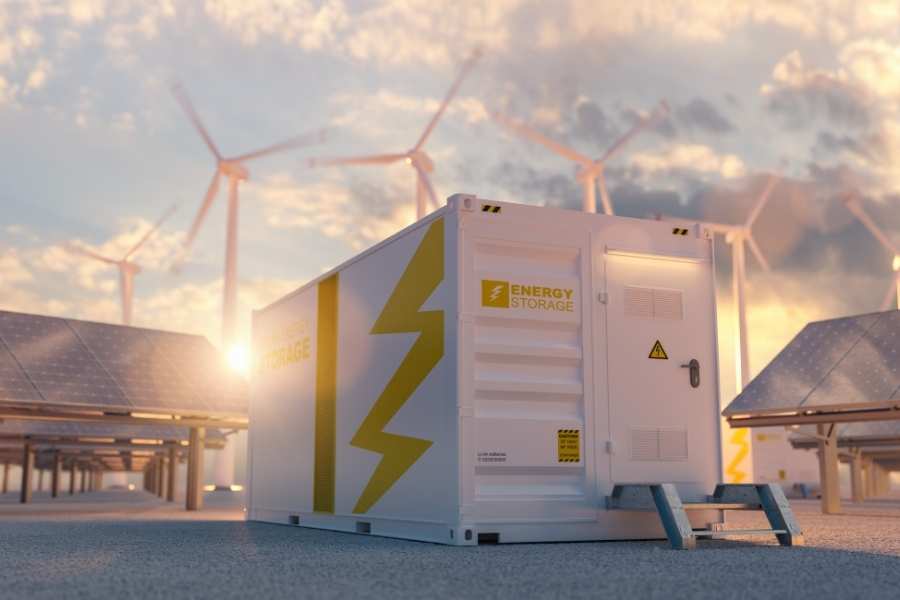Copenhagen Infrastructure Partners (CIP) and PensionDanmark have launched Plexar Energy, a microgrid specialist company focused on industrial-scale deployment of battery-balanced, renewable-powered microgrids. The initiative is backed by the €112.5 million CI Microgrid Electrification Fund, enabling industrial clients to adopt microgrids without upfront capital expenditure, often complemented by long-term power purchase agreements (PPAs) that secure predictable energy costs and revenue streams.
Plexar Energy - About it
Plexar Energy targets sectors where microgrids can significantly enhance energy consumption efficiency and sustainability. These include port operations, where microgrids support shore power systems; warehouses requiring electric vehicle charging infrastructure; heavy transport hubs; data centers; district heating; mining operations; and oil and gas facilities.
By providing localized, renewable-powered solutions, Plexar aims to bolster energy independence, manage cost volatility, and improve grid stability. The company’s approach is aligned with the broader industry trend of electrification, offering scalable and efficient energy solutions that support the transition to a more sustainable energy infrastructure.

Funding Structure for the new CIP Venture
The deployment of Plexar Energy’s microgrids is financially supported by the CI Microgrid Electrification Fund, a fully subscribed pilot fund totaling €112.5 million. PensionDanmark is the sole external investor in the fund, enabling industrial clients to implement microgrid solutions without upfront investment. This financing structure aims to accelerate microgrid adoption across industries by removing key financial barriers.
What is a Microgrid?
A microgrid is a localized, integrated energy system capable of operating either in parallel with the main electrical grid or independently as an islanded system. It typically combines various energy generation sources—such as solar, wind, or combined heat and power (CHP) systems—with energy storage solutions like batteries and intelligent control systems.
Microgrids can enhance energy reliability and resilience by ensuring a stable power supply even during grid outages. In addition to improving power quality, they enable greater integration of renewable energy sources and can reduce greenhouse gas emissions and operational costs.
For industrial applications, microgrids provide a tailored approach to energy management, allowing facilities to balance load demands, manage peak loads, and reduce dependence on centralized power systems. They also play a critical role in decarbonizing energy supply in hard-to-abate sectors.
Related Project and News











